How to Close Leads That Come in Through Cold Email Pitches and Advertising
Leads from outbound marketing (email prospecting and paid ads) are flowing, CPAs are dropping, lead quality is improving, but deals aren’t closing.
Time to freak out? No.
Time to turn off advertising? Probably not.
Time to go back into stealth mode and stop selling? NO!
There’s no better feeling in business than that moment a qualified referral from a trusted friend tells you they want to get on a call. They’re grateful for your time, give you the benefit of the doubt, are transparent about budget and expectations, guide you through how to close the deal, etc.
Unfortunately, most leads from outbound marketing just aren’t this way. More often than not, leads from paid ads are:
- Skeptical
- Pressed for time
- Shopping around
- Tough to impress
- Hard to pin down
But don’t be mistaken. These leads can be gold. You just need to do a lot of things right all at once to close the deal.
This post is for salespeople, founders and anyone else whose job is to close deals. I’m assuming you have the basics of your value proposition and sales approach down but need that extra push to get outbound leads to go from prospect to customer.
Key Action Items To Get On and Past the First Call
Know how the lead was captured and react accordingly
Not all outbound leads are created equally, even if they appear so in your CRM or new lead reminders. Understanding the prospect’s journey to becoming a lead is vital, especially the conversion intent. From a lead management perspective, there are 3 core types of intent.
1. Consultation/contact request
This is the classic Contact Us For More Information type of request. Of the three types of intent, this is typically the highest quality because the prospect is signaling clear buying intent, or at least the desire to shop around.
Takeaway: These leads should be prioritized. While perhaps not naturally as warm as a referral, they are asking for a conversation. Be persistent to make sure a meeting gets on the calendar.
2. Free trial sign up
Free trial sign ups, especially where no credit card is collected, can be challenging to parse. It’s helpful to track and associate product usage data, along with other demographic information, to understand which of your free trials are likely to become paying customers and which are just messing around.
This is where Kissmetrics can be helpful. By associating website usage with customer information and enabling helpful reporting, marketing can easily share progress with sales.
Lead scoring tools from marketing automation platforms such as Marketo, Hubspot, Pardot, etc. are also very helpful in merging demographic criteria with website and product usage to give your team a simple, actionable threshold for marketing and sales follow ups.
Takeaway: If possible, understand which free trials are the most active and best fit for your customer profile. Remember that the nature of a free trial is bypassing a sales person, so first diagnose interest before pushing hard for a conversation, especially before the trial expires.
3. Content sign up
Webinar, white paper and newsletter signups are a totally different breed. While some may be considering hiring your services or buying your product, many others are really just trying to educate themselves.
Takeaway: It’s fine to ask once for time on their calendar, but you’re better served approaching these products with additional content and education opportunities. Staying top of mind should eventually yield a consult or trial request.
Respond immediately
For all the reasons listed above, outbound marketing leads are often a tough nut to crack. That nut becomes impenetrable if you wait too long. I generally advise clients to send a personal response to leads within 10 minutes, especially Type 1 intent leads.
Here are a few other tips:
1. Make everything easy for the prospect
In particular:
- Send a calendar invite with the mode of communication
- Ensure a reminder goes out a few minutes prior to the meeting
- If at any point you don’t hear back, call them.
2. Ask questions that help them, not you
While, yes, it’s important in sales to understand a prospect’s buying intent and situation, and, yes, it’s best to make a first call personalized for the prospect’s situation, your #1 priority is to establish trust. Make sure the real intent of your questions is to gather information that helps the prospect because without trust, your sales process is dead. For example:
- What are your core success metrics and how are you performing against them?
- What is missing or under-performing that, if solved, would make a significant difference for your business?
- What would make this call the best use of your time?
3. Provide value within 5 minutes
The first 5 minutes of a call with an outbound marketing prospect is like the first page of a book. Assume you get one page turn at best. Find a way to not only understand their business and needs but also communicate your value proposition for their unique challenges, all while being friendly and genuine.
Create a Virtuous Feedback Cycle Between Sales and Marketing
In the last section, I discussed the importance of knowing lead source. In reality, a great closer uses all available information from internal analytics and external information sources to be effective.
So it’s really important that those of us on the lead gen side of things make this information easily available and optimize based on sales feedback.
Likewise, it’s really important that those of us on the sales side share detailed lead quality feedback; stay open-minded and patient as the demand gen team makes tweaks based on feedback and be collaborative.
A few action items:
A. Make outcomes and pipeline progress visible to all stakeholders
This means putting in place a technology solution that enables transparency and then being disciplined about keeping the data there updated and detailed. More importantly, it means creating a system where everyone knows the data is there and discusses it.
B. Make sure the ad creative is transparent to sales
The more sophisticated your demand gen engine, the more A/B testing, landing page specialization and ad personalization you’re doing. Although the lead gen form may collect the same data everywhere, the messaging steps leading there can look very different. A prepared sales person working an outbound lead ideally know what messaging their prospect saw but at a minimum knows the landscape of messages to be prepared.
C. Have open, non-judgmental conversations with direct feedback
Easier said than done but critical. Closed deals take closing the loop from top of the funnel to signature. Create and reinforce a culture of open, kind, non-judgmental feedback meant to make everyone successful.
D. Don’t be afraid to cut low-quality lead sources
Sometimes, the leads from a particular set of keywords, content campaign or even an entire channel are of low-quality across the board. If no matter what marketing and sales do, these leads never seem to progress in the funnel, don’t be afraid to cut your loses and focus on where there’s promise.
E. Don’t be afraid to work leads yourself
If it feels like sales isn’t getting the job done (or marketing is sending bad leads), let the marketing guy work a few leads and then discuss the experience. You’ll be amazed at what can come about as a result.
Get Expectations In Line
I see a lot of companies give up on leads from outbound marketing before they give their organization a chance to get good at converting these leads. Setting appropriate expectations can make the difference between declaring failure too early and finally figuring it out.
A few things to keep in mind:
A. Leads from outbound may close less frequently
It’s a numbers game. Regardless of how good a job you do optimizing for quality, there are going to be duds.
B. But some should be closing
I’m always suspicious when NOTHING is closing or progressing along the pipeline. Before blaming lead quality or source, be sure that you’re following basic sales best practices and the recommendations here.
C. Cold email prospecting often beats paid ads
For most B2B companies that drive leads to sales, I’m a big believer in complementing advertising efforts with a robust cold email prospecting effort. Be sure to hyper-target, write awesome email copy and get the sending tech right, but typically replies on an email thread are more likely to find time for a meeting and show up.
D. You need to be aggressive (in a nice way)
Immediate follow up, reminders, direct questions, etc. are necessary here. If you’re respectful but persistent and approach prospects with a high level of integrity, your effort will have a positive influence.
E. You have to be at the top of your game
Closing these kinds of leads requires firing on all cylinders. Get inspired, get organized, and be creative. Assume your prospect is about to work with the competition and your energy / passion is the only way to win the deal. If you’re the best, then it makes sense your product or service are the best as well.
About the Author: Josh Krafchin is the founder of Clever Zebo, a digital marketing firm focused on paid ads, conversion optimization and helping companies close more business.

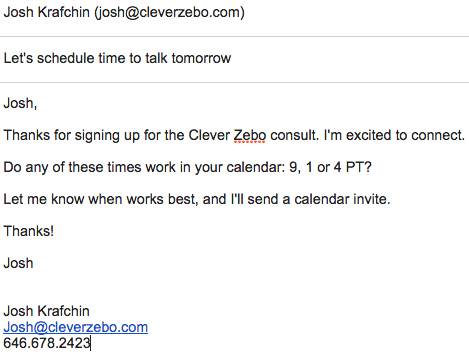

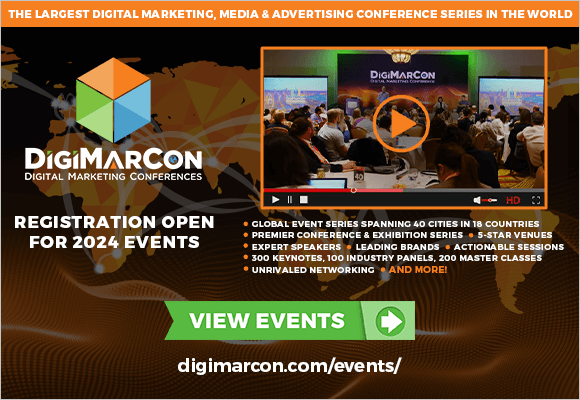



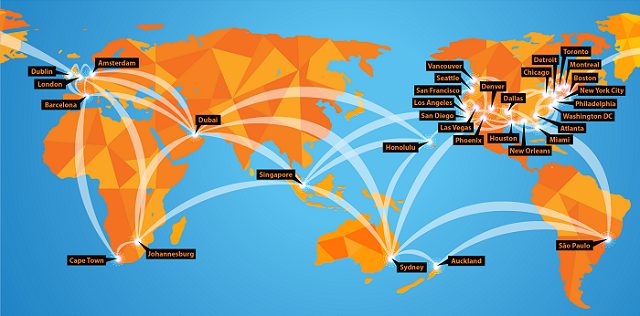





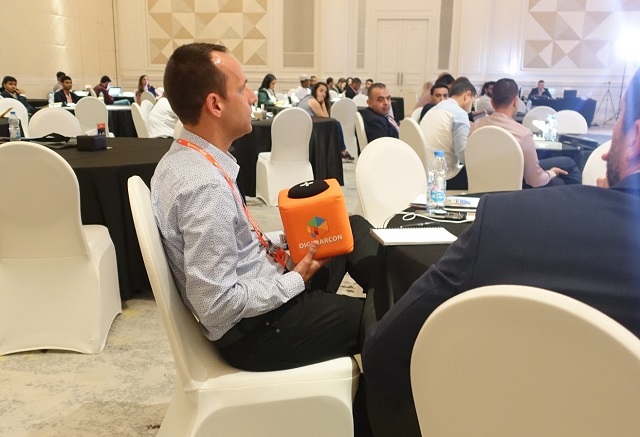

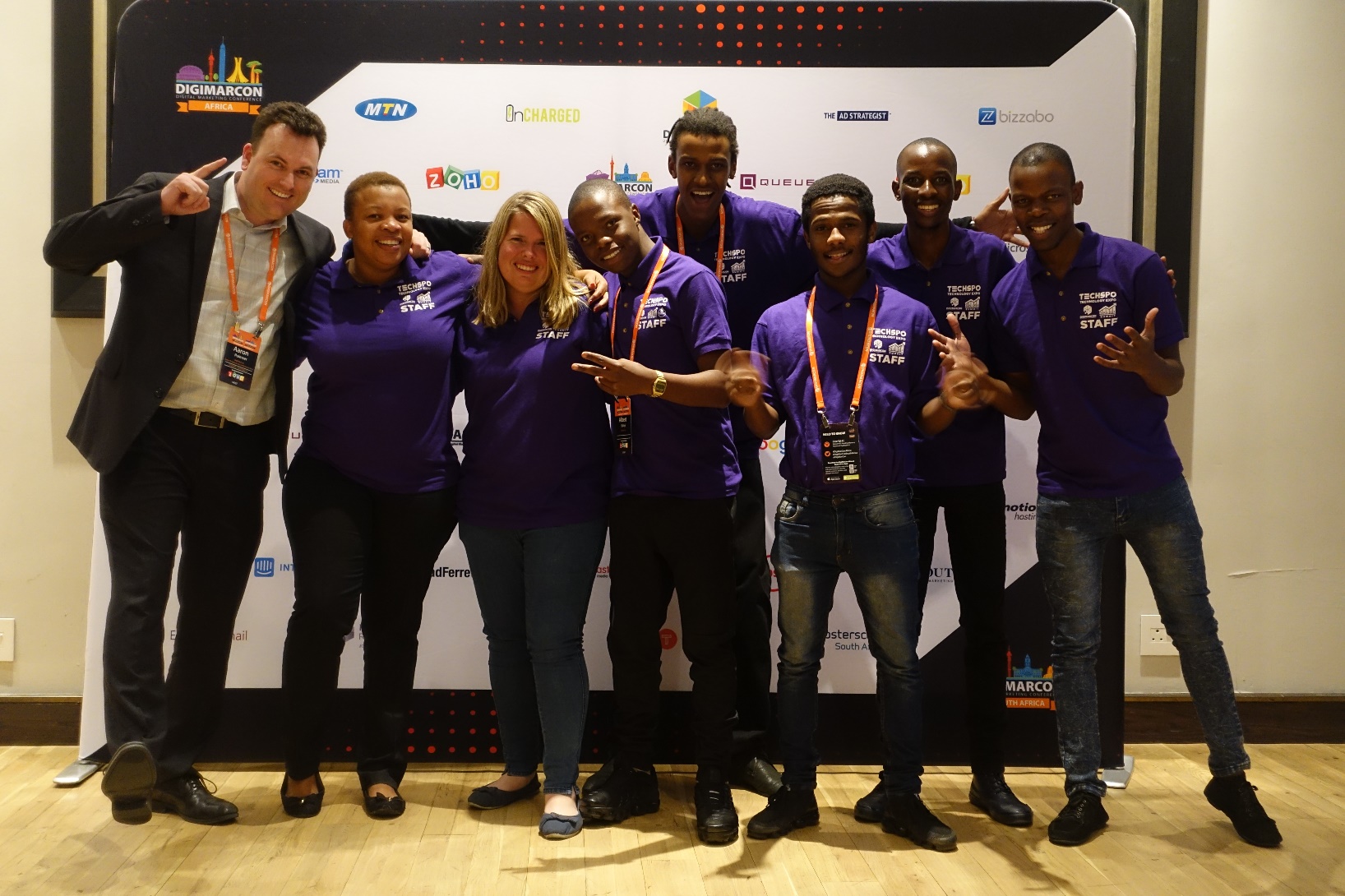











No comments